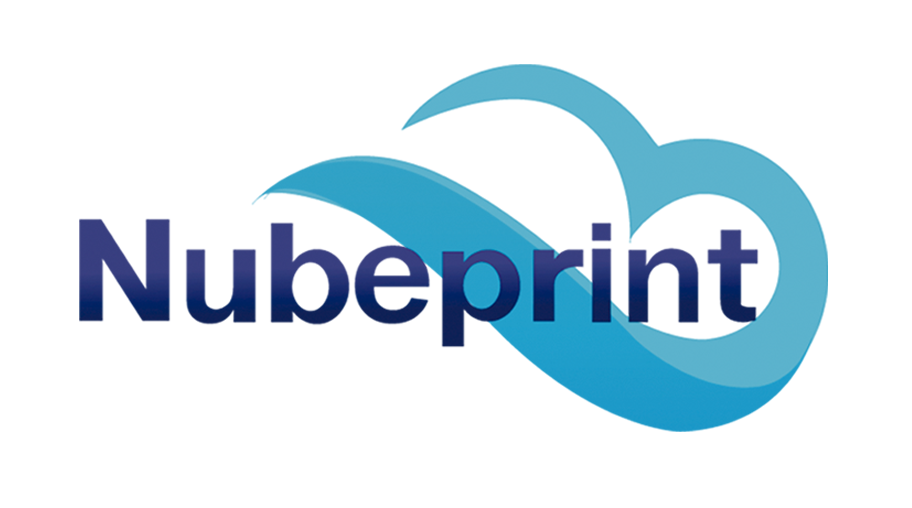The process it uses is known as M2M (machine to machine), where two devices communicate through sensors and embedded chips. IoT technology connects everyday objects to the Internet through integrated devices, interconnecting people, processes and things.
From all of the above it is easy to deduce that any business that does remote management of printers is, in fact, an IoT business where data collecting sensors coexist, cloud platforms that process and learn them to give orders to replenish one or another consumable, improving efficiency, reducing environmental impact, increasing productivity and ensuring the best experience in the use of printers.
Did you know …….?
KNOW MORE
The Statute of Venice laid the foundation for today’s patent law, protecting useful inventions, granting exclusive rights for a period of time and prosecuting infringers.
In the first patents, no distinction was made between inventors and importers of new techniques, the aim being to bring new technologies to domestic use and not to depend so much on imports.
Later, patent legislation was extended to the whole world. In America, the first patents were granted by the colonial governments in 1641 and, in the USA, they were approved by Congress in 1790. With the industrial revolution in England, the industrialized countries’ industrial revolution accelerated, France created its patent law in 1791, Spain in 1820 and Germany in 1877. Finally, the Paris Convention of 1883 regulated patents at the international level, which is still in force today.
Among the great inventors of history, whose patents have developed after technological advances, are Samuel Morse, who in 1840 received patent No. 1647 for inventing the telegraph, Alexander Graham Bell, who got it for the telephone in 1876, and Thomas Edison, who got it in 1880 for creating the light bulb.
Nubeprint has 5 patents registered to date. In 2010, it developed the first MPS solution in the cloud and, a year later, the managed MPS solution with dynamic algorithms and filters. In 2013, it creates the first A.I. (artificial intelligence) engine for MPS, in 2017, Machine Learning (ML) developed specifically for MPS.
In 2018, as a technological breakthrough in scope to Graham Bell’s initial invention in the 19th century, it creates the first DCA integrated in a smartphone app.
SOURCE: protectia.eu / abc.es/science / Nubeprint.com
Did you know …….?
KNOW MORE
The shocking sequence of an iguana running on its feet and being chased by hundreds of snakes was seen by millions of viewers. The BBC’s Planet Earth documentary series has been a before and after in the audiovisual world and not only is it filmed in HD, but new species are appearing and its global audience has surpassed all expectations.
One of the keys to the success of these documentaries is to contact the scientific team that is conducting research and join them at the right time. The British channel has had six teams of professionals who have filmed in 40 countries over three years and have found new ways to tell stories thanks to technology, providing unpublished images and news about animals we thought we knew.
Technological advances have made it possible to create a whole series of techniques for recording these documentaries, from remote-controlled cameras to drones or stabilized cameras to follow wild animals in any remote location.
The editing of everything recorded, also implemented with the new digital techniques, is vital for the recorded sequences to have rhythm and attract the viewer’s attention.
Finally, David Attenborough’s narration makes the viewer be abstracted by the images on the screen, making nature documentaries serve to evade us, but also remind us of other vital aspects of our planet, the defense of our environment and the protection of wildlife.
Nubeprint is a pioneer in the use of state-of-the-art monitoring technology to offer managed print services. The most complete ecosystem of data collectors allows the service provider to monitor from the smallest printer to the most complex industrial equipment with minimal effort. Its A.I. engine and Machine Learning, allows the optimization of printer fleet management in MPS or ASR. In addition, thanks to apps such as “Installations” and “Coverage”, it minimizes the proliferation of waste, guaranteeing the change to the new cartridge when the total charge of the previous one runs out, avoiding waste to the maximum and favoring the defense of our environment.
SOURCE: elmundo.es / Nubeprint.com
Technological advances have made it possible to create a whole series of techniques for recording these documentaries, from remote-controlled cameras to drones or stabilized cameras to follow wild animals in any remote location.
The editing of everything recorded, also implemented with the new digital techniques, is vital for the recorded sequences to have rhythm and attract the viewer’s attention.
Finally, David Attenborough’s narration makes the viewer be abstracted by the images on the screen, making nature documentaries serve to evade us, but also remind us of other vital aspects of our planet, the defense of our environment and the protection of wildlife.
Nubeprint is a pioneer in the use of state-of-the-art monitoring technology to offer managed print services. The most complete ecosystem of data collectors allows the service provider to monitor from the smallest printer to the most complex industrial equipment with minimal effort. Its A.I. engine and Machine Learning, allows the optimization of printer fleet management in MPS or ASR. In addition, thanks to apps such as “Installations” and “Coverage”, it minimizes the proliferation of waste, guaranteeing the change to the new cartridge when the total charge of the previous one runs out, avoiding waste to the maximum and favoring the defense of our environment.
SOURCE: elmundo.es / Nubeprint.com
Finally, David Attenborough’s narration makes the viewer be abstracted by the images on the screen, making nature documentaries serve to evade us, but also remind us of other vital aspects of our planet, the defense of our environment and the protection of wildlife.
